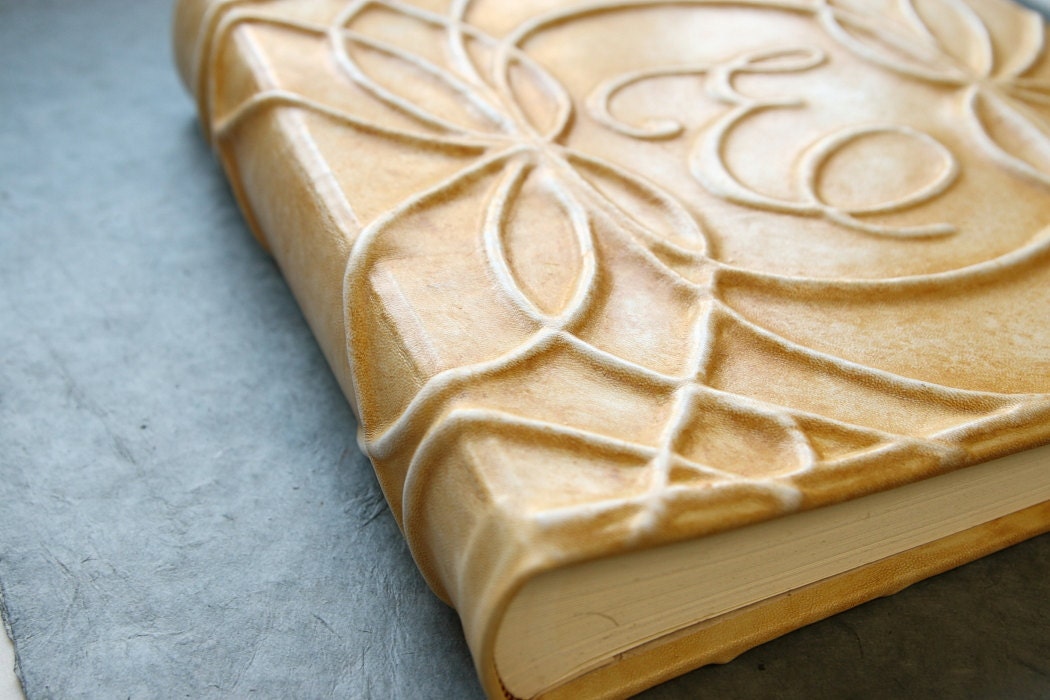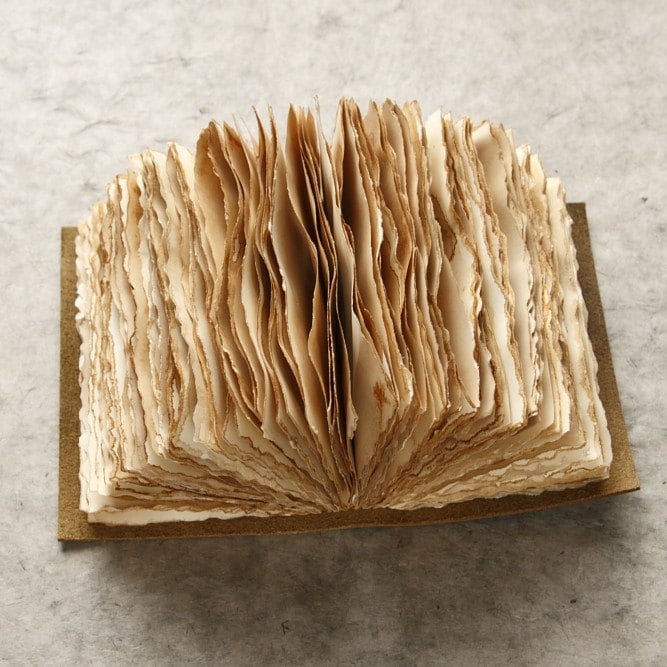Gulp.
I have one year left before I'm officially an adult. So what am I going to do in that year? Here's my Thirty Things to Do before I Turn Thirty:
(they are in no particular order of importance, just a random list of things I'd like to do)
- Give five handmade gifts away (not for any special occasion, but just because)
- Take another out-of-state trip with Daniel
- Start a photo album of our family -- (we make albums and Daniel is a photographer. You'd think we'd have one started already, right?)
- Teach an Online Class -- (Will you be attending?)
- Hiking trip overnighter with Daniel and the boys.
- Finish a landscape painting.
- Create a self-portrait.
- Girl's day out with Mom, and Sisters. This has to be the whole works: shopping, lunch, pedicures, movie. Seriously. So. Excited. For this.
- Strengthen my voice. I lost it last May teaching a week of workshops in Los Angeles. It's never been the same.
- Read the Standard Works again. (This includes the Holy Bible, Book of Mormon, Doctrine and Covenants, and Pearl of Great Price.)
- Printmaking with the boys. Jadon has been persistent about asking to do this. I love that.
- Buy a Car. We have never owned a vehicle. I think it's time.
- Teach a free class open to the whole community.
- Watch a foreign film with Daniel. (we use to do this often, I'd like to start doing this again.)
- Take the boys bowling.
- Create a new set of one-of-a-kind monotype prints (12-15)
- Organize and decorate every room in our apartment.
- Replace the eye glasses I lost a few years ago. I'll be needing them to drive at night.
- Visit the zoo with my boys.
- Learn to play 5 hymns on the piano.
- Enter 3 juried art shows within the year
- Attend the temple monthly for one year
- Finish a quilt (one of the many already started)
- Finish my kids Halloween costumes at least 2 weeks before Halloween
- Finish my 100 artist books in one year project (finished date is set for Oct 1, 2013)
- Reach blog post #300. This post is #185. Please leave comments. They motivate me.
- New family photos taken
- Take another class or workshop in relation to bookbinding. I'm always learning. It's a must.
- Learn to meditate.
- Write 10 letters to my children to give to them at some far future date.
I can do this. I can be an adult.


































.JPG)





